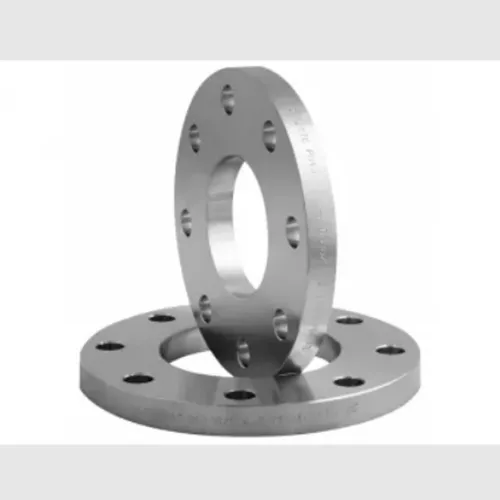-
Cangzhou Yulong Steel Co., Ltd.
-
Phone:
+86 13303177267 -
Email:
admin@ylsteelfittings.com
- English
- Arabic
- Italian
- Spanish
- Portuguese
- German
- kazakh
- Persian
- Greek
- French
- Russian
- Polish
- Thai
- Indonesian
- Vietnamese
- Zulu
- Korean
- Uzbek
- Hindi
- Serbian
- Malay
- Ukrainian
- Gujarati
- Haitian Creole
- hausa
- hawaiian
- Hebrew
- Miao
- Hungarian
- Icelandic
- igbo
- irish
- Japanese
- Javanese
- Kannada
- Khmer
- Rwandese
- Afrikaans
- Albanian
- Amharic
- Armenian
- Azerbaijani
- Basque
- Belarusian
- Bengali
- Bosnian
- Bulgarian
- Catalan
- Cebuano
- China
- China (Taiwan)
- Corsican
- Croatian
- Czech
- Danish
- Esperanto
- Estonian
- Finnish
- Frisian
- Galician
- Georgian
- Kurdish
- Kyrgyz
- Lao
- Latin
- Latvian
- Lithuanian
- Luxembourgish
- Macedonian
- Malgashi
- Malayalam
- Maltese
- Maori
- Marathi
- Mongolian
- Myanmar
- Nepali
- Norwegian
- Norwegian
- Occitan
- Pashto
- Dutch
- Punjabi
- Romanian
- Samoan
- Scottish Gaelic
- Sesotho
- Shona
- Sindhi
- Sinhala
- Slovak
- Slovenian
- Somali
- Sundanese
- Swahili
- Swedish
- Tagalog
- Tajik
- Tamil
- Tatar
- Telugu
- Turkish
- Turkmen
- Urdu
- Uighur
- Welsh
- Bantu
- Yiddish
- Yoruba

Nov . 05, 2024 08:23 Back to list
flange slip on 150
Understanding Flange Slip-On 150 An Overview
In the world of piping and structural connections, the terms and components can often appear complex. One such term is flange slip on 150, which plays a crucial role in various industrial applications. This article will explore what flange slip-on 150 is, its design features, applications, and benefits.
What is a Flange Slip-On?
A flange is a mechanical component that helps attach two pipes or other machinery parts together. The slip-on type of flange is designed to slide over the end of a pipe. Once in place, it is welded both on the inside and the outside, providing a strong and secure connection. The designation 150 refers to the pressure rating of the flange, defined by the American National Standards Institute (ANSI) standard. In this case, a Class 150 flange is suitable for low to moderate pressure applications, generally capable of handling pressures up to 150 psi at ambient temperatures.
Design Features
Flange slip-ons are characterized by their wide, flat surface and a raised face or flat face design that ensures a tight seal when bolted to another flange. The design allows for easy alignment and installation, which is particularly beneficial in situations where space constraints make maneuvering difficult. They can be constructed from various materials, including carbon steel, stainless steel, and alloy materials, making them adaptable to different environments and conditions.
The internal surface of the slip-on flange is beveled, allowing for a smooth transition when connecting to pipes. This feature aids in the overall flow of media through the pipe, reducing turbulence and potential pressure drops.
Applications
flange slip on 150

Flange slip-on 150 flanges are widely used across many industries. These include oil and gas, water treatment, chemical processing, and HVAC systems. Their versatility makes them an excellent choice for various applications, from underground piping systems to process equipment connections.
In oil and gas applications, for example, these flanges are often utilized in the connection of pipelines and pressure vessels, where both strength and the ability to withstand various environmental factors are paramount. Similarly, in chemical processing, they ensure secure connections that prevent leaks and uphold safety standards.
Benefits
One of the primary advantages of using flange slip-on 150 is the ease of installation. Their designs allow for straightforward alignment, reducing the installation time and labor costs. Moreover, the dual weld design (internal and external) provides enhanced strength, ensuring that the connections can withstand considerable pressure and stress.
Additionally, these flanges offer flexibility in disassembly. If repairs or modifications are required, they can be easily removed without damaging connecting pipes, an essential factor for maintenance in industrial settings.
Conclusion
In conclusion, flange slip-on 150 flanges are essential components in modern piping systems. Their robust design, ease of installation, and versatile applications make them a preferred choice in various industries. Understanding these flanges and their functionalities not only aids in effective project planning but also ensures the implementation of safe and efficient piping connections. Whether you are involved in the design, installation, or maintenance of piping systems, knowing about flange slip-on types is crucial for successful operations.
Latest news
-
ANSI 150P SS304 SO FLANGE
NewsFeb.14,2025
-
ASTM A333GR6 STEEL PIPE
NewsJan.20,2025
-
ANSI B16.5 WELDING NECK FLANGE
NewsJan.15,2026
-
ANSI B16.5 SLIP-ON FLANGE
NewsApr.19,2024
-
SABS 1123 FLANGE
NewsJan.15,2025
-
DIN86044 PLATE FLANGE
NewsApr.19,2024
-
DIN2527 BLIND FLANGE
NewsApr.12,2024
-
JIS B2311 Butt-Welding Fittings LR/SR 45°/90° /180°Seamless/Weld
NewsApr.23,2024











